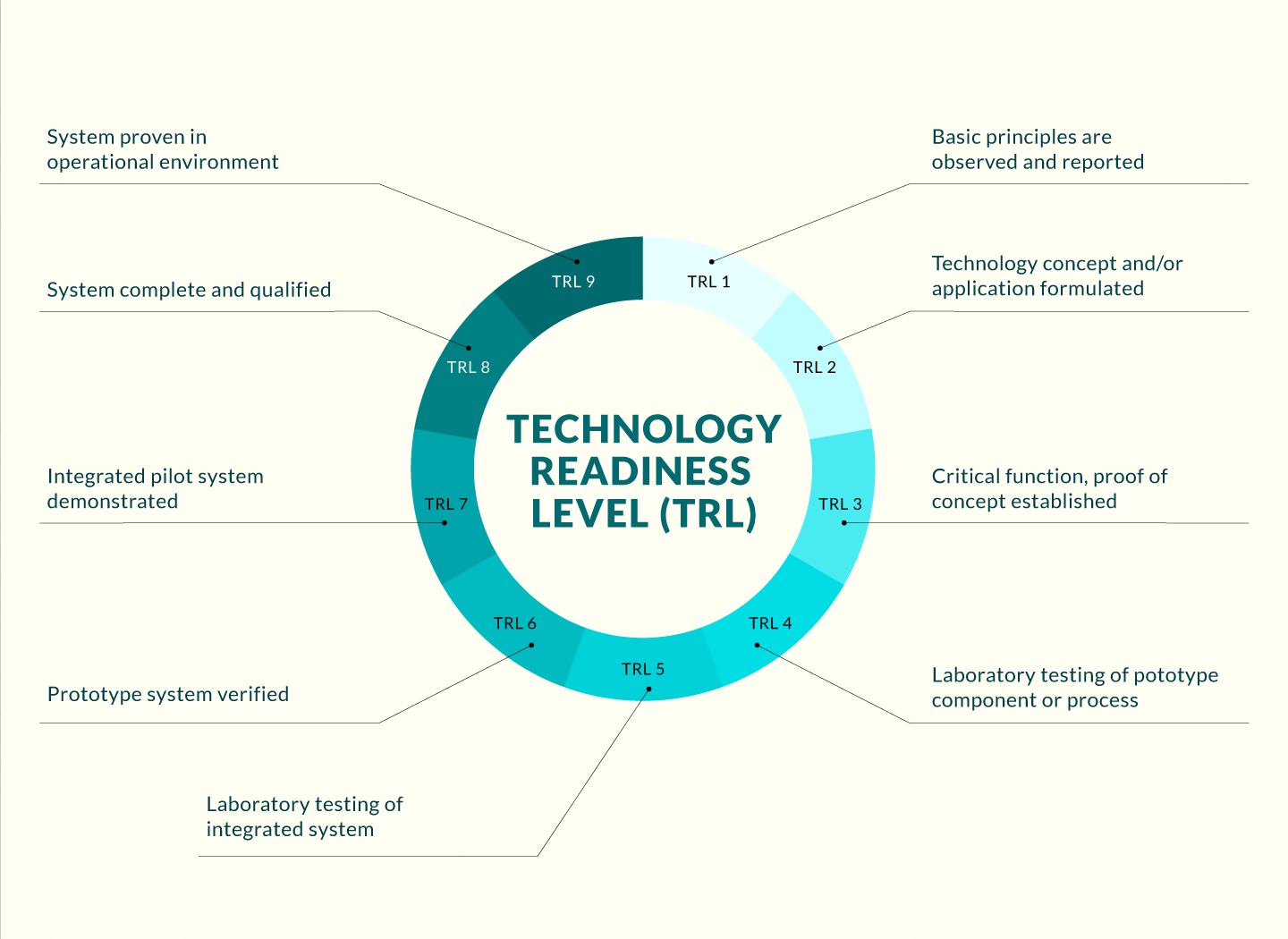

Opportunity
Renewable wind energy is becoming increasingly popular as countries around the world seek to combat climate change. A wind power curve (WPC) is commonly used to illustrate the wind speed and power output relationship associated with wind power assets, such as wind turbines, used to harness wind energy. It can help address issues such as wind power prediction, load flow estimation, electricity market, wind energy assessment, etc. However, wind power curves usually deviate from the ideal curves provided by turbine manufacturers, owing to such factors as environmental change, system degradation, or control errors. To enhance the operation and maintenance of wind power assets as they age, there is a need to better model wind power curves in practice, e.g. by using wind farm supervisory control and data acquisition (SCADA) data. The present invention offers a method for automating wind power curve generation and modeling based on wind turbine data.
Technology
The invention marks the evolution of wind turbine performance assessment from a manual visual check of the statistical plots to an automated machine-vision-assisted evaluation process. The computer-implemented method for determining wind turbine performance through wind power curve generation and modeling includes generating a digital image based on operational data of a wind turbine collected via the supervisory control and data acquisition (SCADA) system, including wind speed data and associated power output data. The digital image is processed using a deep convolutional neural network trained on a fake WPC dataset. Further processing of the processed digital image yields a representation of a wind turbine power curve associated with operation of the wind turbine, which is then converted into a polynomial.
Advantages
- Unlike current methods, the input SCADA data does not need human preprocessing (data cleaning), saving time and reducing the possibility of introducing errors.
- Unlike existing methods, which require building different models for different input data, the invention only needs to be trained once before utilization for online WPC modeling.
- The accuracy level of the results is comparable with the more time-consuming existing methods.
Applications
- Automated wind farm assessment
- Wind turbine selection
- Wind power prediction based on wpc
- Wind turbine performance monitoring and control



